Yes, you can learn PLC on your own through online resources, tutorials, and hands-on practice with simulation software or real PLC systems.
PLC programming is the cornerstone of industrial automation. It enables precise control and coordination of machinery and processes in manufacturing, production, and beyond. With industries demanding ever-increasing efficiency and reliability, mastering PLC programming is crucial for engineers and technicians. This guide explores the essentials of PLC programming, its workings, and its significance in automation.
PLC Programming what is it?
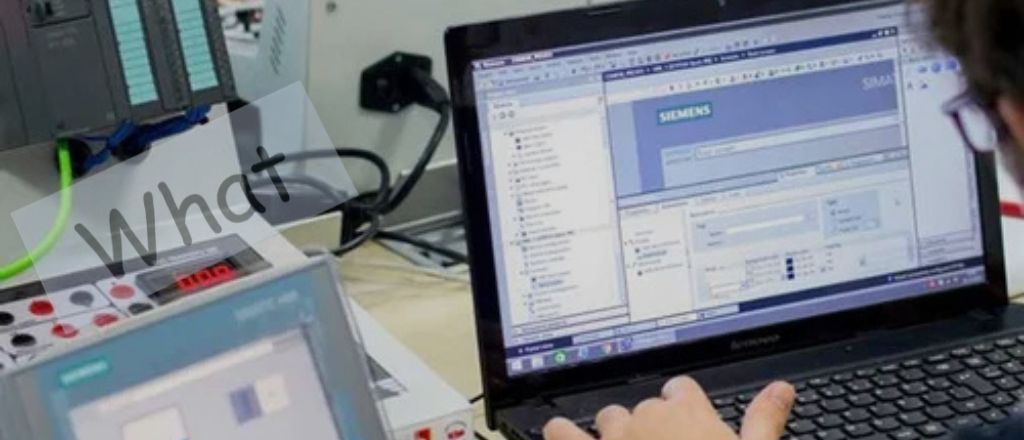
The Basics of PLC Programming
Creating logic instructions is essential for guiding how programmable controllers operate. These specialized devices manage electromechanical processes, enabling engineers to automate repetitive tasks like sorting products on a conveyor belt, regulating temperatures, or controlling robotic arms.
PLCs execute their programmed instructions in a loop called a scan cycle. This cycle reads input signals, processes the logic, and sends output commands. PLCs' simplicity, durability, and real-time response capabilities make them indispensable in industrial settings.
Key Programming Languages for PLCs
Developers have created various programming languages to cater to applications and user preferences. The most prominent ones include:
- Ladder Logic (LD): Inspired by relay circuit diagrams, Ladder Logic uses graphical symbols to represent logical operations. It's user-friendly and ideal for electricians transitioning to automation.
- Structured Text (ST): This high-level textual language, similar to traditional programming languages like C or Python, offers versatility and suits complex operations.
- Function Block Diagram (FBD): Programmers use this graphical language to represent processes with function blocks. They favour it for visualizing interconnected systems.
- Sequential Function Charts (SFC): Used for programming sequential processes with a clear visual representation of states and transitions.
- Instruction List (IL): A low-level, text-based language resembling assembly code, often used for compact, precise instructions.
Differences Between Ladder Logic, Structured Text, and Function Block Diagram
Ladder Logic: Excels in readability and simplicity. It's intuitive for those with electrical engineering backgrounds.
Structured Text: Powerful for handling arithmetic, loops, and complex algorithms but requires advanced programming skills.
Function Block Diagram: Shines in modular and visual applications, allowing easier debugging and system visualization.
Choosing the correct language depends on the complexity of the task, the programmer's expertise, and industry requirements.
How Does PLC Programming Work?
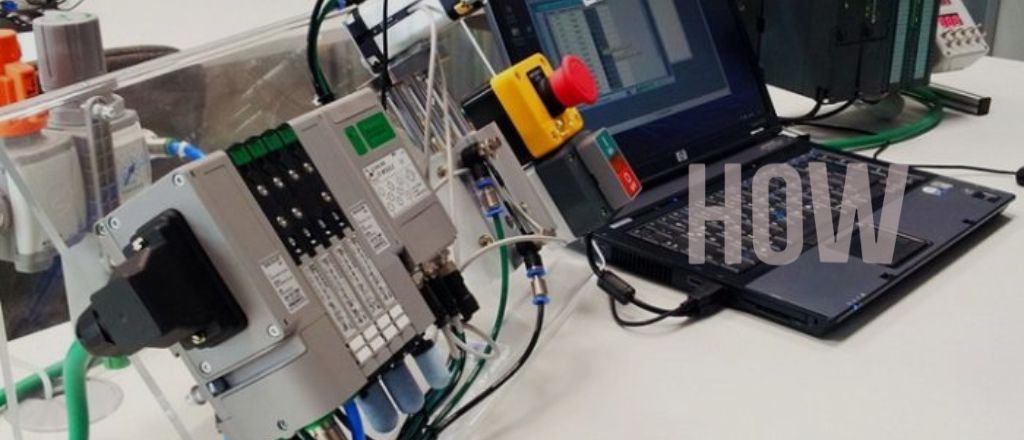
The Process of Writing PLC Code
Writing PLC code involves several systematic steps to ensure accuracy and functionality:
- Understanding Requirements: Analyze the task or process to be automated. Define inputs (e.g., sensors, switches) and outputs (e.g., motors, actuators).
- Creating the Logic Plan: Develop a flowchart or logic diagram that outlines the desired sequence of operations.
- Selecting a Programming Language: Choose the most suitable language based on the complexity and scope of the project.
- Writing the Code: Using specialized PLC software like Siemens TIA Portal, Allen-Bradley RSLogix, or Schneider EcoStruxure, input the logic instructions.
- Uploading to the PLC: Transfer the program to the controller for execution.
Testing and Debugging PLC Programs
Thorough testing and debugging ensure the program operates as intended:
- Simulation: Use the PLC software's simulation tools to test the program virtually. This step identifies logic flaws or unhandled scenarios.
- Field Testing: Run the program in a controlled environment to assess real-world performance. Monitor input and output responses.
- Debugging: Address any errors or inefficiencies in the program. Debugging may involve refining the logic, adjusting timing parameters, or modifying hardware configurations.
- Documentation: Maintain detailed records of the program, including flowcharts, comments in the code, and any changes made during debugging.
Importance of PLC Programming in Automation
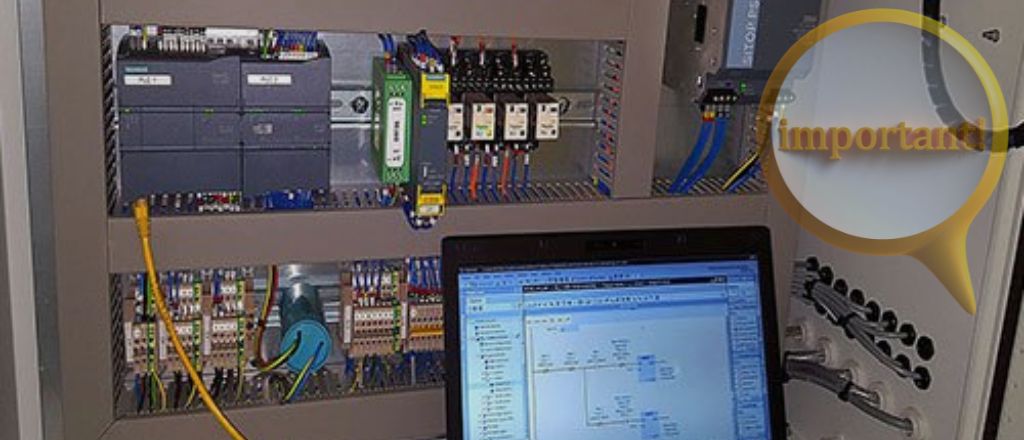
Role in Manufacturing and Production Lines
Control system programming is crucial in modern manufacturing and production lines, automating repetitive, labor-intensive tasks to ensure consistency and accuracy. For example:
- Assembly Lines: PLCs synchronize conveyor belts, robotic arms, and quality control systems for seamless production.
- Material Handling: They control cranes, hoists, and palletizers, optimizing material movement and storage.
- Process Control: PLCs regulate temperature, pressure, and flow in chemical processing and food production industries.
Benefits of PLC Programming for Efficiency and Reliability
The benefits of control system programming in industrial automation are significant:
- Increased Efficiency: Automated systems operate faster than human operators, reducing downtime and boosting throughput.li>
- Consistency: Automation minimizes human errors, ensuring product quality and uniformity.li>
- Reliability: Control systems perform consistently even in harsh conditions, thanks to durable hardware and well-designed software.li>
- Cost Savings: Automation reduces operational costs by minimizing manual labor and optimizing resource usage.li>
- Scalability: Systems can be easily updated or expanded to accommodate changes without major hardware upgrades.li>
- Data Monitoring: Modern systems integrate with monitoring tools, providing real-time data for analysis and informed decision-making.li>
Conclusion
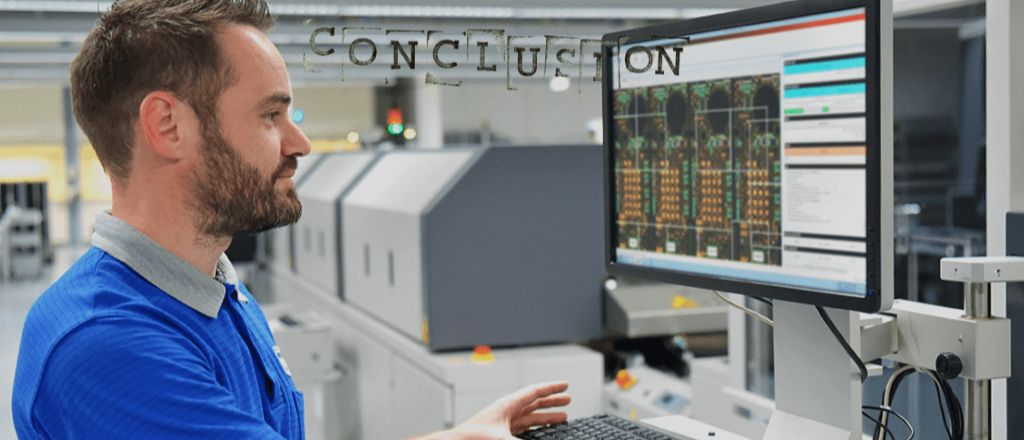
Control system programming plays a central role in industrial automation, connecting machinery with operational efficiency. By learning the fundamentals, mastering various programming languages, and adhering to best practices for coding and troubleshooting, professionals can open doors to vast opportunities in manufacturing and other sectors. In a time when automation drives success, gaining expertise in this field is crucial for fostering more innovative and efficient industries.
Frequently Asked Questions
Control system programming is relatively simple for beginners with basic programming or electronics knowledge, but mastering it requires practice.
The main languages used in control system programming include Ladder Logic, Structured Text, Function Block Diagram, and Instruction List.
Begin by learning the basics of PLC hardware, programming languages (especially Ladder Logic), and use simulation software or beginner kits to practice real-world applications.
